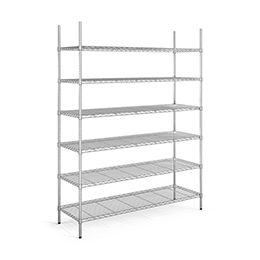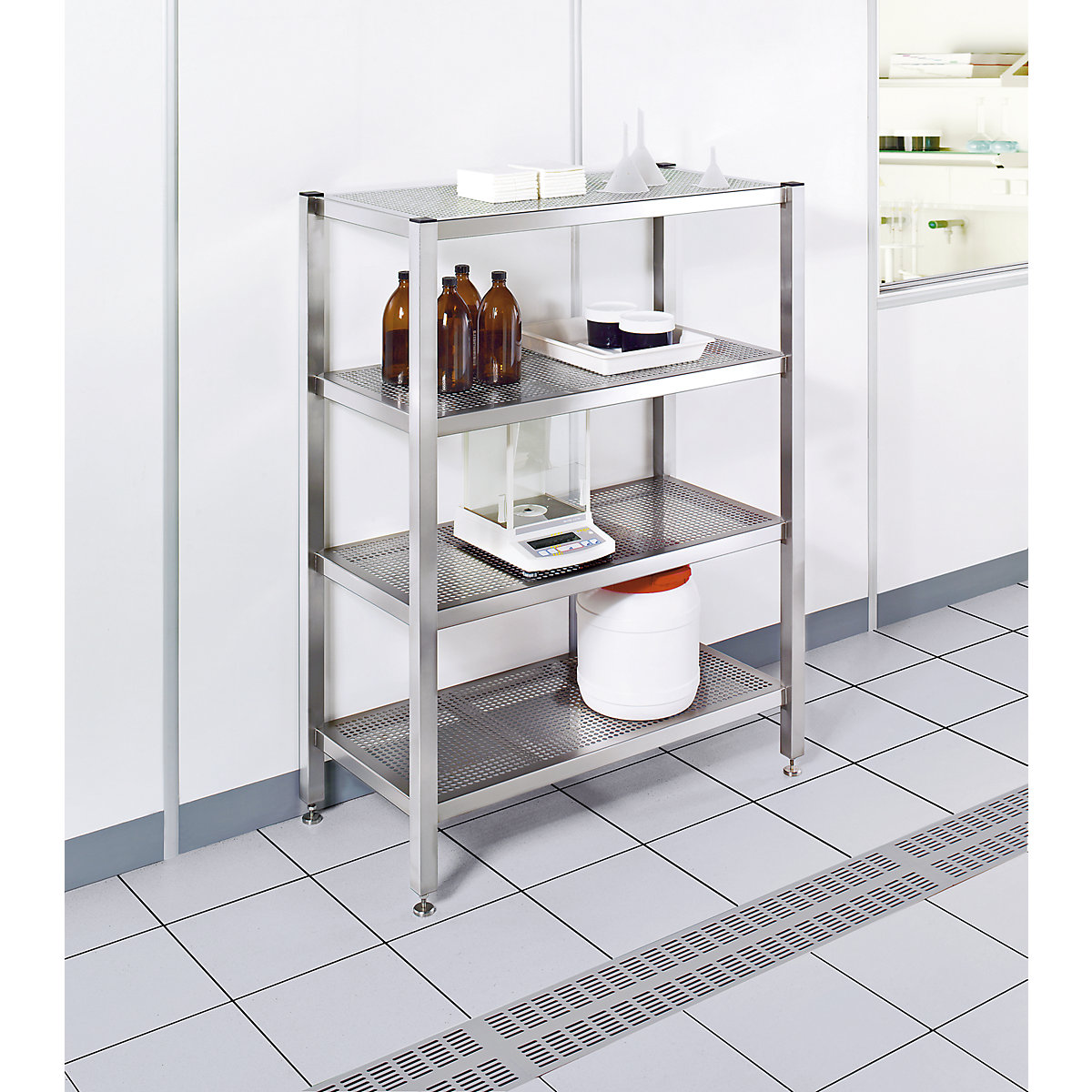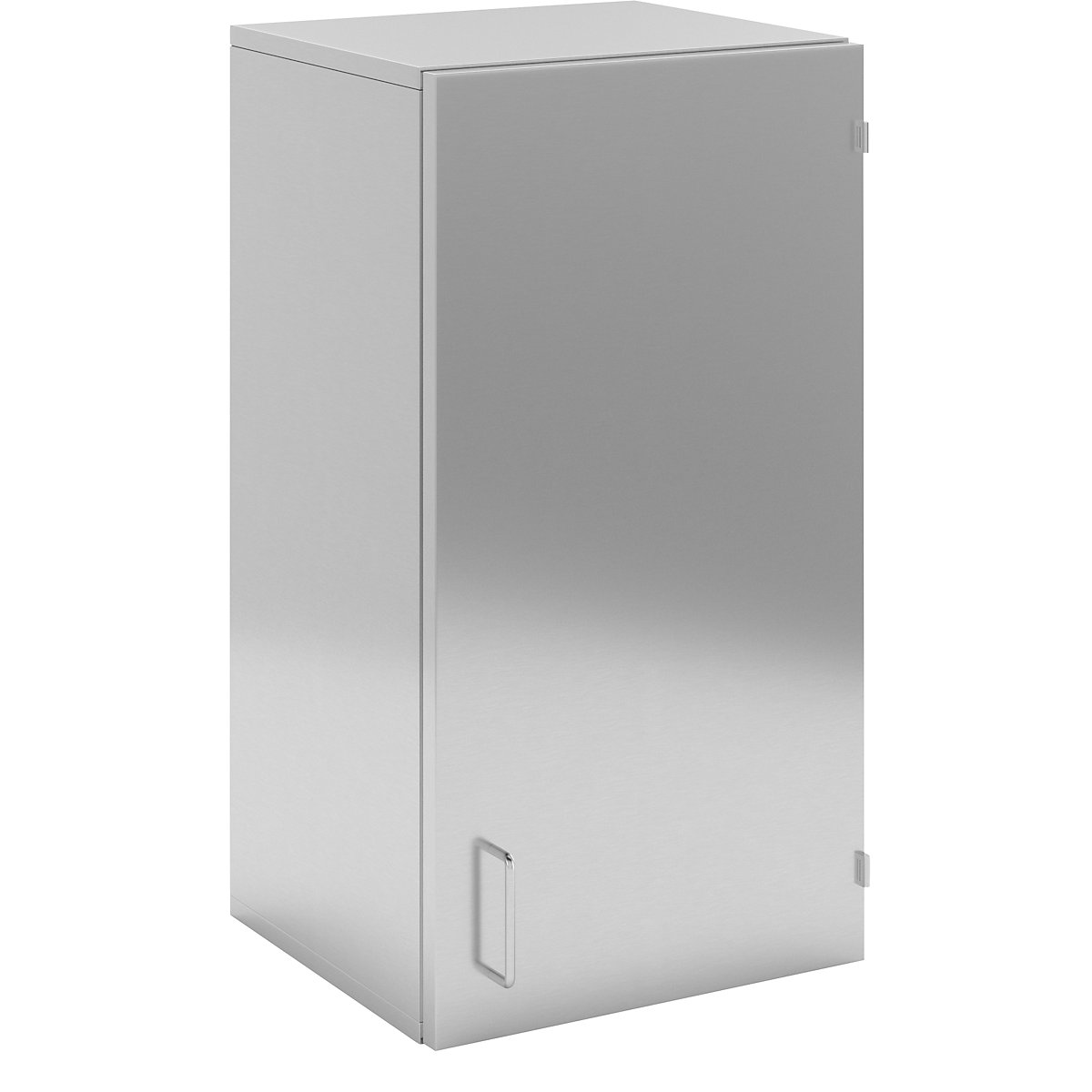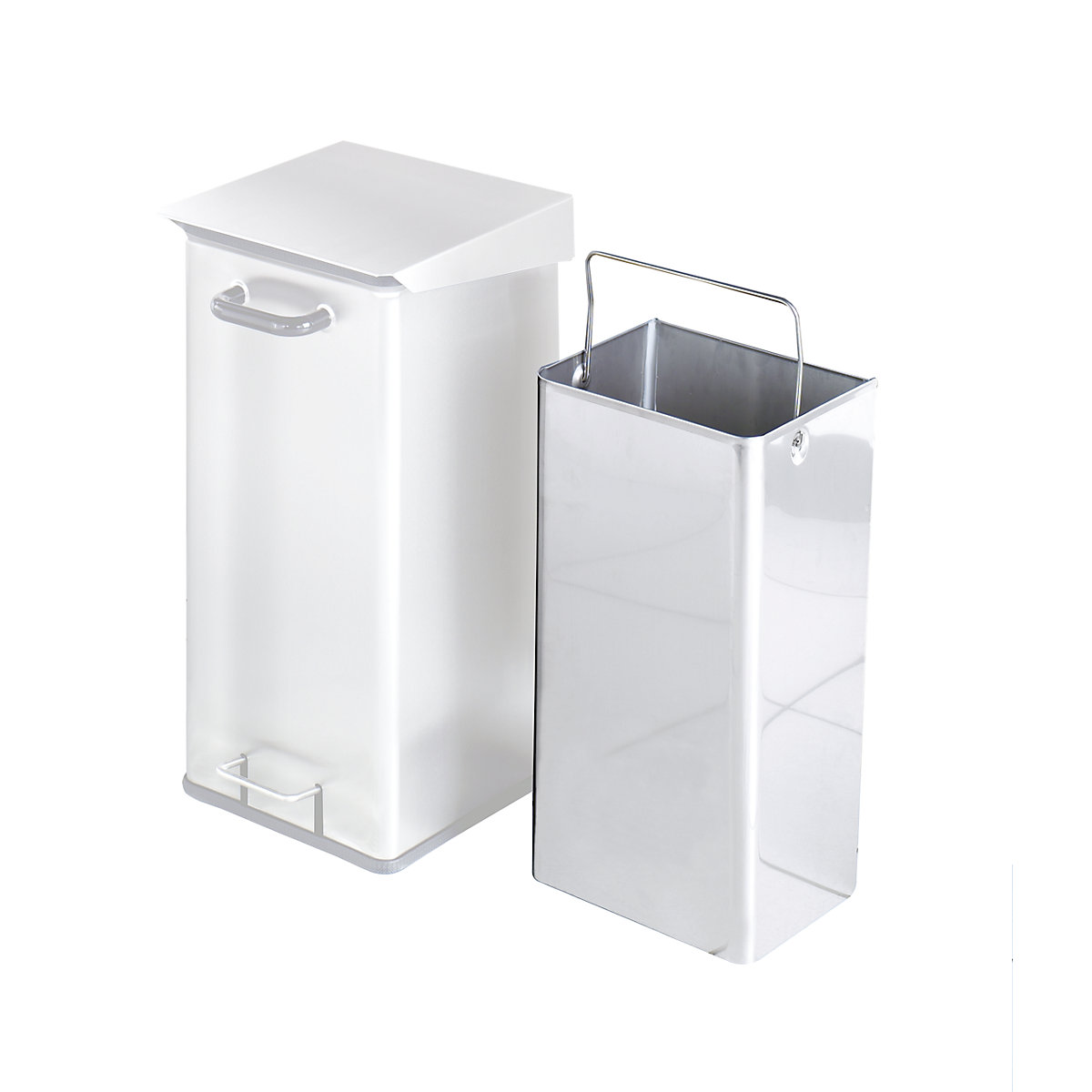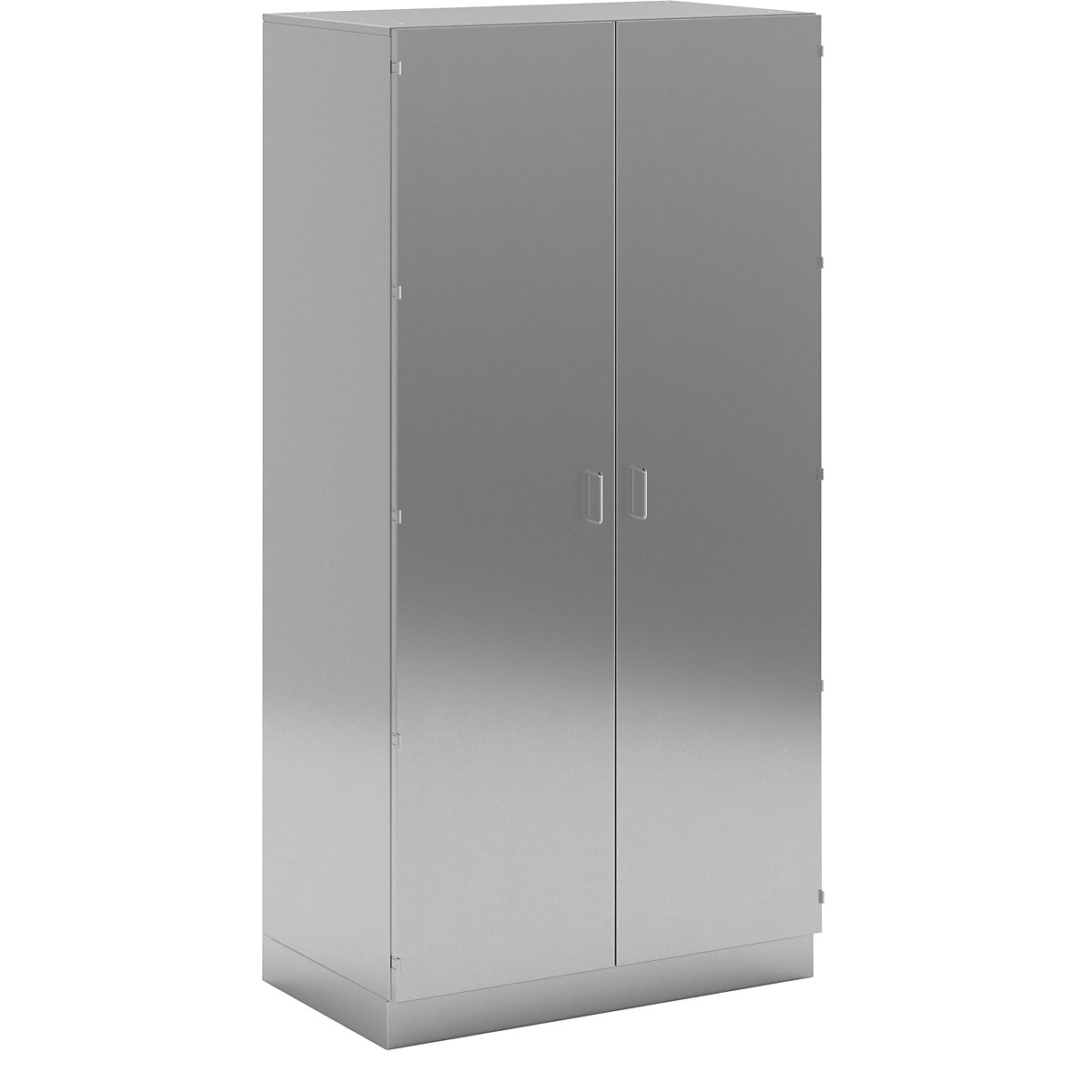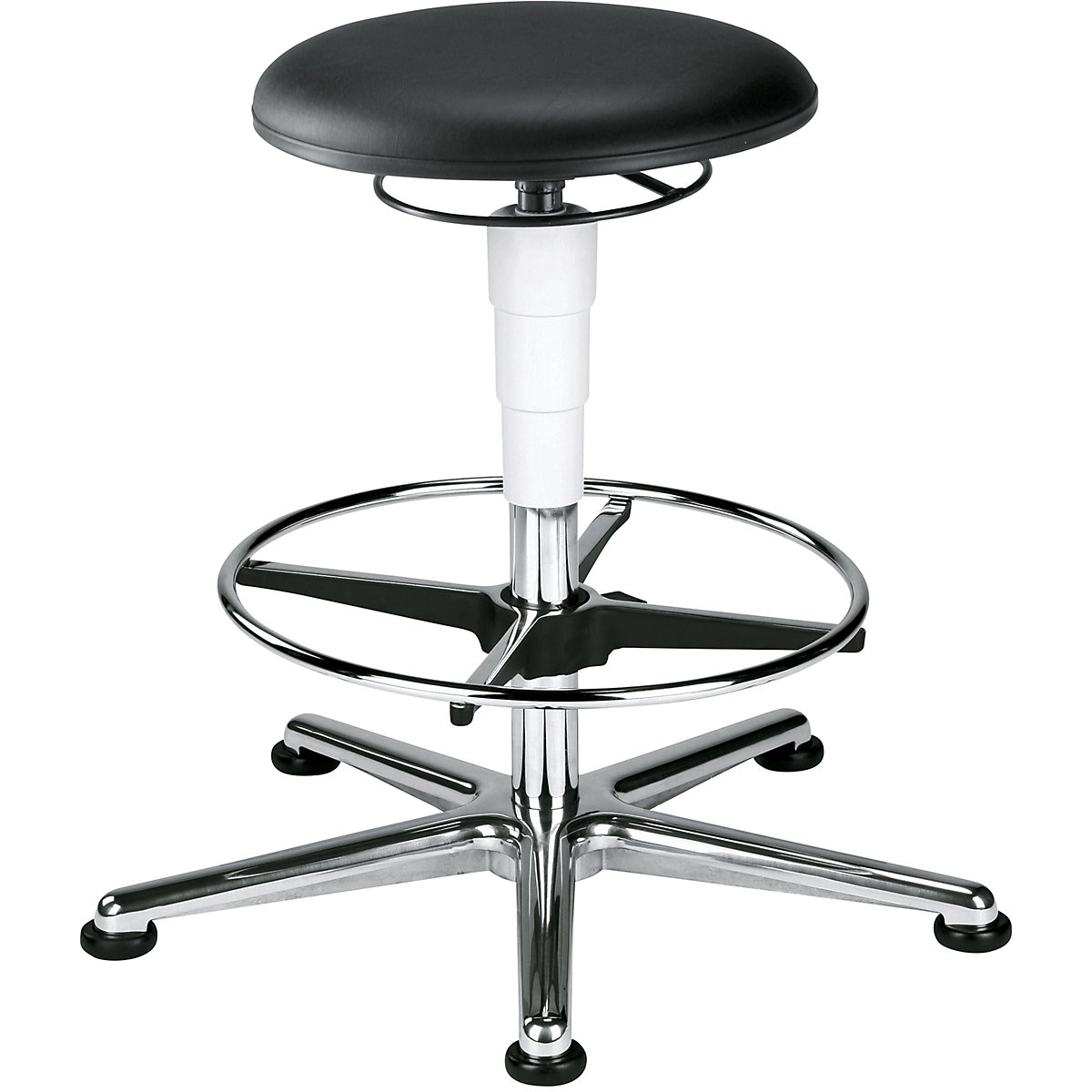Brief glossary of cleanroom systems terminology
The most important abbreviations in the field of cleanroom technology – a small glossary of cleanroom technology explains what you need to know.
DEHS
Diethylhexyl sebacate: Monodisperse aerosol, which is used to test air filters.
DOP
Dioctyl phthalate: Previously-used test aerosol, which also has harmful effects.
FDA
Food and Drug Administration: American approval and regulatory authority.
GMP
Good Manufacturing Practices. Statutory EU directive for the manufacture of pharmaceuticals.
HEPA
High Efficiency Particulate Air filter
ISO 14644
Standard for cleanrooms and related cleanroom areas. Sections 1 and 2 of the standard replace US federal standard 209, which was effective until November 2001.
CFU
Colony Forming Unit: Germs capable of multiplying, e.g. bacteria, fungi, yeasts.
Contamination
Impurities from unwanted, generally harmful substances. The cleaning process for the abatement of contamination is referred to as decontamination.
Microorganisms
Microorganisms are an important subclass of particles. Single celled microscopic organisms, which can reproduce by means of cell division under suitable conditions.
MPPS
Most Penetrating Particle Size: The particle size, which penetrates the filter most easily.
Particles
Liquid or solid particles with defined physical boundaries.
PIC
Pharmaceutical Inspection Convention (global collaboration and information exchange of health authorities in the field of pharmaceutical production)
Cleanroom
A room in which the concentration of airborne particles is controlled and maintained. It is operated in such a way, that the introduction, release and retention of particles is minimised. In addition to the particle count, the variables to be regulated are temperature, humidity and air pressure.
SOP
Standard Operation Procedures: Standardisation of procedures.
ULPA
Ultra Low Penetration Air filter, U15-U
US federal standard 209
Recognised and internationally observed standard for the classification of air purity. Was replaced by DIN EN ISO 14644-1 in November 2001.
